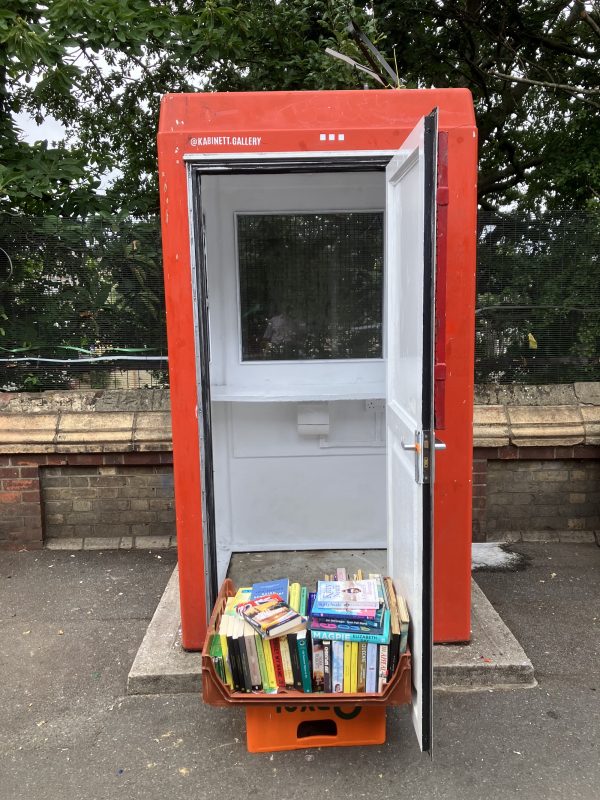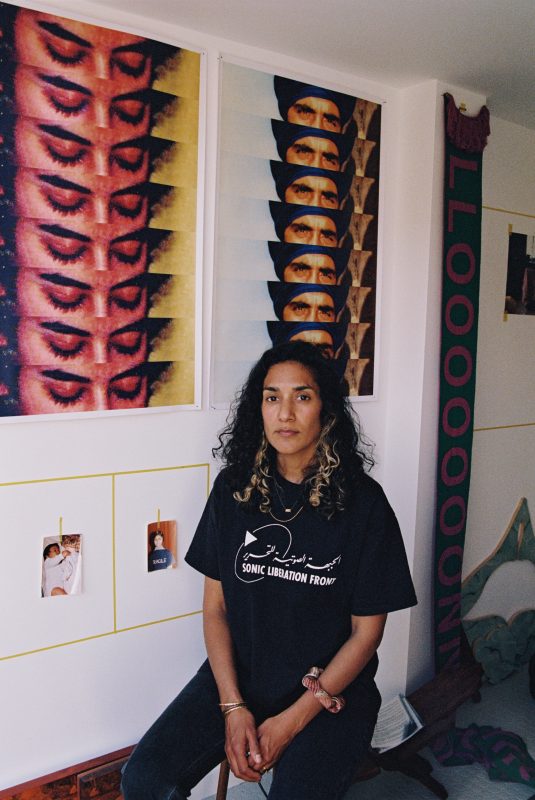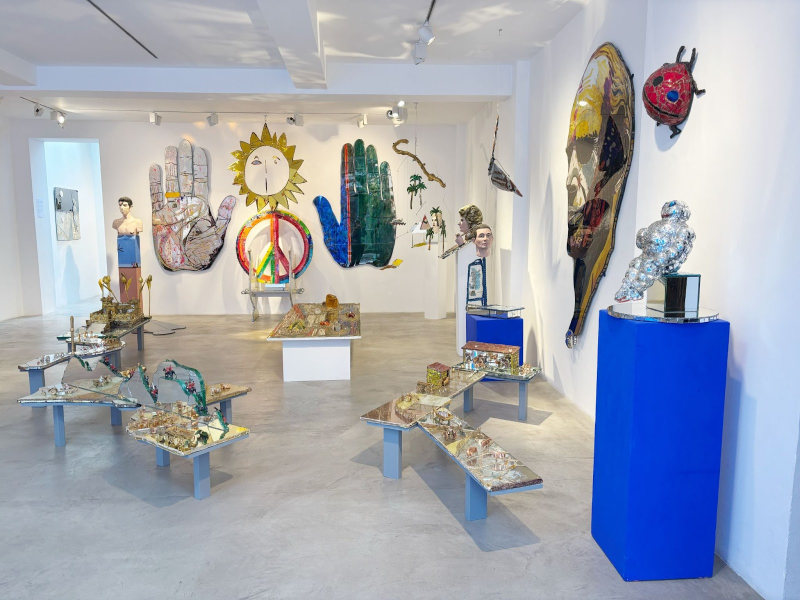
Victoria Miro presents British artist David Harrison’s second solo exhibition at the gallery to coincide with the publication of a major monograph on the artist with texts by Alistair Robinson, an introduction by Lucinda Lambton and an interview with Peter Doig.
Harrison’s paintings, sculptures and collages make strange our relationship to the natural world. Harrison
makes use of a multitude of materials and techniques, whether they be found materials or characters and stories from literature, myth, and history, to create his distinctive personal mythology. In his imagined world, we encounter ‘the re-enchantment of nature’, in which the imagined and the real, the magical and the everyday, and the prosaic and the fantastical are wholly intertwined.
Existence reflects Harrison’s personal mythology through a new room-scale installation, recent
sculpture and a new suite of paintings concerned with the intoxicating power of perfume, alongside some of his earlier works. Harrison’s most recent paintings celebrate the ‘smells of nature, sex and chemistry’ and their ability to overpower our senses. Each work is based upon a historical scent by the master perfumer Guerlain, and conjures a hallucinatory, luminous vision of a netherworld that resembles our own, but is filled with black magic. Our guide through this world is a glamorous muse and a cast of animals, where every species seems to be associated with witchcraft. Hares, cats and owls laugh at our follies: in Harrison’s imagined world, animals ‘take on human qualities to mock our existence, whilst we destroy our own habitat, regardless. Whatever we make ugly, nature will make beautiful again.’ Harrison’s works guide us through a beguiling world of visions and apparitions, in which nature is a source of endless fecundity.
In the gallery’s upstairs space, Harrison has created his most ambitious work to date: a fourteen-foothigh architectural folly. The Old World Shadow is a gothic structure, coal-black and furnished
with four steeples. Covered in bitumen, peppered with barbed wire, and topped with dolls’ heads and birds, the work is akin to a temple for an as-yet-undiscovered religion from a strange part of the globe. The exterior is dark and perplexing – hubcaps stand in for circular windows and pointed lancet windows thrust threateningly earthwards instead of skywards. Once inside, the viewer encounters a patterned interior and, upon peering through a looking glass, sees the rotting figures of redundant scarecrows, around which ghosts of pigeons can be heard.
Text by Alistair Robinson







